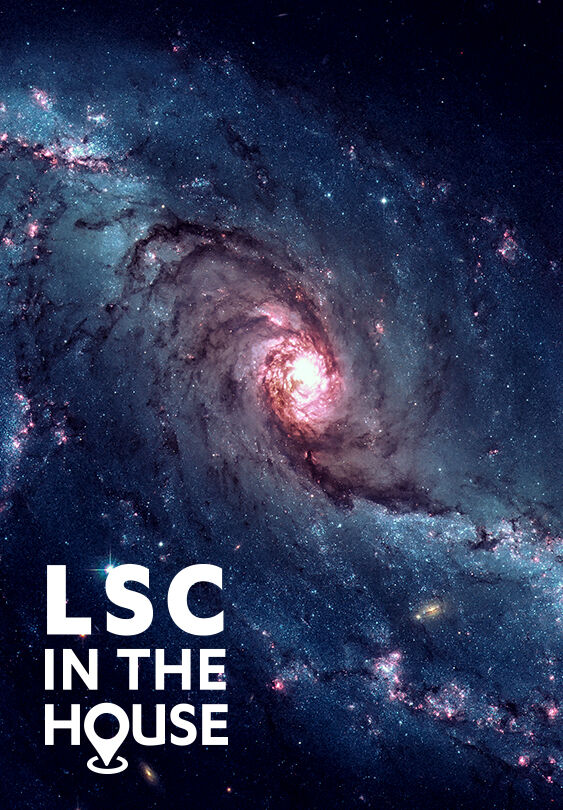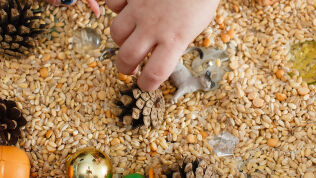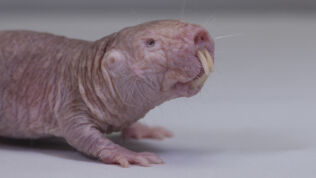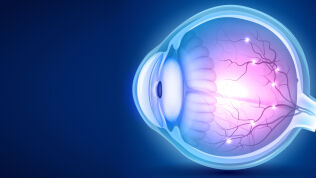LSC in the House
Welcome to LSC in the House, the place where home scientists can conduct experiments, explore the world of LSC’s animals, find amazing movies to watch, and get inspired about science and technology without ever leaving the living room. Check out all the fun at the links below, and be sure to come back often.
Please also consider a donation to assist us in the care of our animals and to support STEM learning for today's students—our future scientists, engineers, and innovators.
We want to hear from you and see your science fun at home! Be sure to follow us on Facebook, Twitter, and Instagram and send us a message.
Experiments to Try at Home

Gummy Bear Bathtime
Investigate osmosis at home! Younger scientists may need adult assistance. (Grades: 1 – 8)

Sky Map for March 2022
Print out the sky map, then step outside to find constellations and planets in the March sky! (Grades: K – 12)

Tie-Dyed Milk
Investigate homogenization at home! Younger scientists may need adult assistance (Grades: 1 – 8)

Sky Map for February 2022
Print out the sky map, then step outside to find constellations and planets in the February sky! (Grades: K – 12)
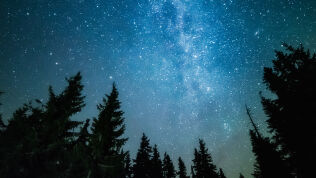
Sky Map for January 2022
Print out the sky map, then step outside to find constellations and planets in the January sky! (Grades: K – 12)
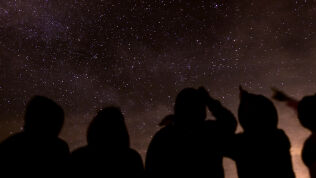
Sky Map for December 2021
Print out the sky map, then step outside to find constellations and planets in the December sky! (Grades: K – 12)
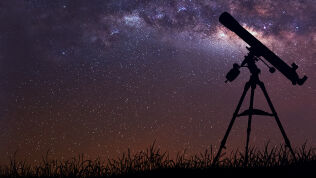
Sky Map for November 2021
Print out the sky map, then step outside to find constellations and planets in the November sky! (Grades: K – 12)

Sky Map for October 2021
Print out the sky map, then step outside to find constellations and planets in the October sky! (Grades: K – 12)

Polymer Discoveries
Investigate polymers at home with this quick and easy activity. Adult assistance is required for younger scientists (Grades: K – 6)

Rainbow Refraction
In this experiment, you'll go outside and investigate how rainbows get their colors (Grades: K – 5)
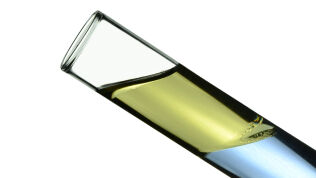
Destination Density
Explore density through hands-on investigation. Analyze the properties of liquids and solids. You might be surprised by what you find! (Grades: 1 – 8)

Encompassed by Forces
Create a working compass using everyday materials. Then, design and conduct an experiment to test the accuracy of your homemade compass (Grades: 1 – 8)
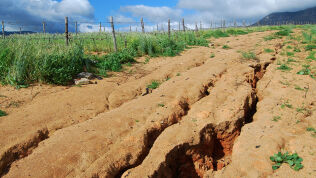
The Roots of Erosion
Model and observe the impacts of deforestation in this hands-on experiment. Then design solutions to prevent soil erosion (Grades: 3 – 8)

Hot and Cold: Molecules in Motion
In this experiment, explore how hotter things have faster moving particles, while particles in colder things move slower (Grades: Pre-K – 4 with parent participation; grade 5 and up with parent permission)

The Science of Sound
Analyze and compare how sound changes as it travels through different mediums. Then, develop and use models to produce a variety of different sounds (Grades: 1 – 5)

Super Strong Shapes
How strong is a sheet of paper? Investigate how the shape of an object affects its properties in this experiment (Grades: Pre-K – 2)

Mini Water Cycle
In this experiment, observe the various stages of the water cycle from the comfort of your home (Grades: Pre-K – K)

The Freeze-Thaw Effect
In this experiment, you'll make observations of water expansion when frozen and its impact on moist soils (Grades: 1 – 8)
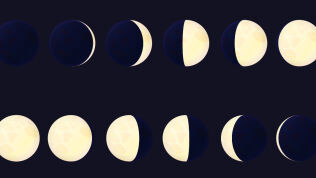
My Moon Tracker
Track the way the moon looks over the next thirty days. After tracking how it appears in the sky, notice whether or not you see any patterns (Grades: Pre-K – 2)

Slime Time
Investigate whether slime is a solid or a liquid in this experiment to explore observable properties (Grades: 2 and up)

Coriolis Balloons
In this experiment, we explore how Earth’s rotation affects wind direction (Grades: middle school to high school)

Will it Float?
Explore and experiment with the surface tension of water. Then, experiment with different liquids as you aim to answer the question: Will it float? (Grades: 3-8)
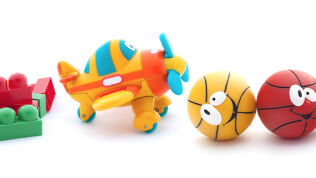
Does it Roll or Does it Slide?
Explore what kinds of shapes roll versus slide using everyday objects around your home (Grades: Pre-K - 2)

Lava Lamp Experiment
In this experiment, you will see how density and polarity, when they are powered by the release of a gas, cause a reaction between oil and water (Grades: Pre-K to Early Primary with Adult Supervision)
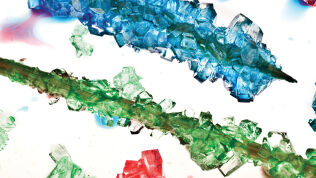
Growing Crystals in a Glass
In this experiment, you will be able to observe how crystals form and grow, then have fun eating your crystals (Grades: All grades, but with parent supervision, or parent permission for teens)

Tornado in a Jar
In this activity, we will model and understand the movements which create tornadoes. We also will be able to analyze the relationship between the size of a tornado and its speed (Grades: 1 - 8)
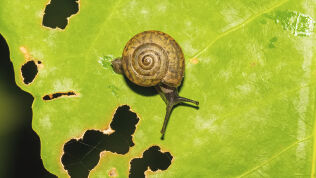
Bug Bites
Model and observe the adaptations of different insects. Then, determine which insect mouthpart is best suited for specific food (Grades: 3 and up; younger learners with adult supervision)
Planetarium Online

Sky Map for March 2022
Print out the sky map, then step outside to find constellations and planets in the March sky! (Grades: K – 12)

Sky Map for February 2022
Print out the sky map, then step outside to find constellations and planets in the February sky! (Grades: K – 12)

Sky Map for January 2022
Print out the sky map, then step outside to find constellations and planets in the January sky! (Grades: K – 12)

Sky Map for December 2021
Print out the sky map, then step outside to find constellations and planets in the December sky! (Grades: K – 12)
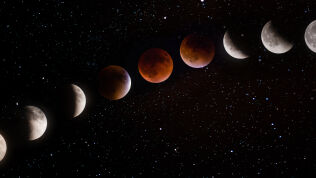
The Lunar Eclipse Show
Learn all about the lunar eclipse coming to the United States this November and how to experience it from home

Sky Map for November 2021
Print out the sky map, then step outside to find constellations and planets in the November sky! (Grades: K – 12)

Sky Map for October 2021
Print out the sky map, then step outside to find constellations and planets in the October sky! (Grades: K – 12)

Space & Astronomy Highlights for Fall 2021
Lunar eclipses, space launches, and more! Discover all the highlights for this autumn
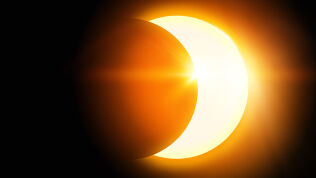
The Solar Eclipse Show
Follow along with our planetarium presenter as we preview the partial solar eclipse happening this June

Tour of the May Sky
Learn how to spot Jupiter and Saturn during their return to the morning sky, and say goodbye to Mars as it fades from the evening sky
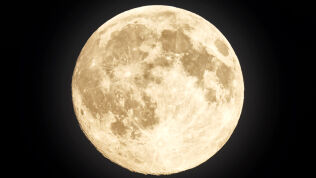
The Supermoon Show
Join our planetarium presenter for a preview of the supermoon and get all the details on what to look for

Holidays and the Stars
From Easter to Passover to Ramadan, holidays have a long relationship with stars and astronomy

The Future of Human Spaceflight
Join our planetarium presenter for a look ahead at human spaceflight initiatives

Get Ready for the Mars Landing!
Follow along with our planetarium presenter for a preview of the Perseverance Mars landing, happening this month

The Astronomy of 2021
Follow our planetarium presenter for a preview of the biggest astronomy events in the year ahead

Last Chance to See Jupiter and Saturn
Learn how to spot Jupiter and Saturn from your own backyard, before they disappear right after New Year's!

Tour of the November Sky
Follow along as we look at the night sky in November 2020, travel to Jupiter, Saturn, and Mars, and visit constellations like Taurus and Pegasus
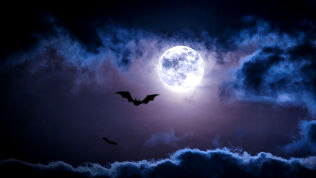
The Spookiest Moon of the Year
Follow along with our planetarium presenter as we explore the moon on All Hallows’ Eve, which happens to be a full moon
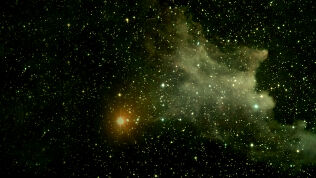
The Astronomy of Halloween
Travel to some of the creepiest constellations, visit the Witch Head Nebula, discover the Celtic and Celestial origins of Halloween, and more

Blazing Mars: From War of the Worlds to Tonight's Sky
Follow along as we explore the legendary War of the Worlds broadcast, and show you how to find Mars in the sky

The Planets Show
Fall 2020 is a great season for the planets, with Venus, Jupiter, Saturn, and Mars all bright in our evening sky!

Tour of the October Sky
See the constellations that tell the story of Perseus and Andromeda, discover unique deep sky objects in those constellations, and more

Find Jupiter & Saturn in the Sky, Sept. 2020 Edition
Along the way, you’ll learn more about the two planets, such as why Jupiter has a Great Red Spot, NASA’s current Juno mission, and beyond
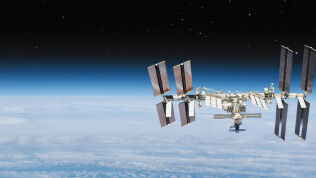
Find the International Space Station in the Sky
Follow along and learn how to spot the ISS, plus learn how to use NASA’s “Spot the Station” site and other websites to predict future ISS appearances
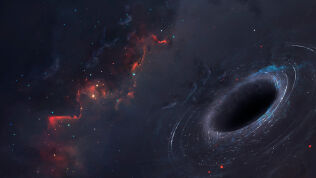
Mysteries of Black Holes
Follow along with our presenter as we answer some of the most mind-boggling, viewer-submitted questions about black holes

Find Venus & Mars in the Sky
Join our presenter to learn how to find Venus and Mars, both well-placed in the sky

Tour of the September Sky
Follow along with our presenter and learn how to find four amazing planets this September: Jupiter, Saturn, Venus, and Mars

Science Fiction, Science Fact
Explore how some of the most popular sci-fi stories in film, TV, and books compare to real astronomical discoveries

Astrology & Astronomy
Discover how astrology helps us figure out the precise location of planets, and what it means when we say we're a "Gemini" or "Leo"
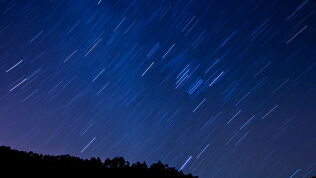
The Perseids Meteor Show
Follow along for a preview of the Perseids Meteor Shower, generally the best meteor shower of the year

The Search for Aliens
Why do we think there might be life beyond Earth, and where have we looked? Have we found any signs yet?

Dark Matter, Dark Energy
Follow along for an exploration of dark matter and dark energy. What's the difference, and how do we know they exist?

All About Mars
Follow along with our planetarium presenter for a journey to the Red Planet and celebration of the launch of NASA’s Mars 2020 Perseverance Rover

The Deep Solar System
Follow along with our planetarium presenter as we we explore the planets and dwarf planets beyond Saturn’s orbit

Space News Now!
In this episode, we explore the closest black hole ever discovered to Earth, plus an Earth-sized exoplanet that’s in the “Goldilocks” habitable zone of its star

Find Jupiter and Saturn in the Sky
Celebrate the return of Jupiter and Saturn to the evening sky, and learn how to spot them this July

Asteroid Impact!
Follow along as we explore asteroids and what we’re doing to monitor and ward off future dangers from the sky

The Galaxy Show
Follow along as we view our own Milky Way Galaxy, our neighboring Andromeda Galaxy, and beyond

Return to the Moon!
Follow along with our planetarium educator as we explore goals for a new mission to our nearest neighbor in space

Tour of the June Sky
June has the shortest nights but some of the best weather for stargazing. Follow along with our LIVE planetarium presenter as we explore the constellations and deep sky objects of the summer sky

Five Planets in One Night!
We’ll show you how to find Venus and the elusive Mercury at dusk, then spot Saturn, Mars, and Jupiter in the early morning

Fly to the Edge of the Universe
Follow along with our LIVE planetarium educator as we fly all the way from Earth out to the edge of the observable universe

All About Pluto
Follow along with an LSC planetarium educator as we talk all about everyone’s favorite underdog story: the dwarf planet Pluto!

The Supermoon Show
What is a supermoon? Join our live planetarium educator to learn why the moon, on this evening, is bigger and brighter than a regular full moon

All About the May Sky
Follow along with an LSC planetarium educator for an exploration of the May night sky

All About Exoplanets
Follow along with our planetarium educator as we explore humanity's search for planets outside our solar system

Visit to a Black Hole
See a black hole up close and celebrate the anniversary of the very first picture of a black hole

Tour of the Evening Sky
Discover how to spot the brightest planet in the sky, Venus, then visit Orion, Canis Major, Betelgeuse, and beyond

Tour of the Morning Planets
Join an LSC planetarium presenter on a journey through Jupiter, Mars, and Saturn, and learn how to find them in the sky
360° Video: Fly Through the Virgo Cluster
In our 360° video, you’ll learn more about this amazing cluster of galaxies, each with its own group of billions of stars and planets
Meet LSC's Animals
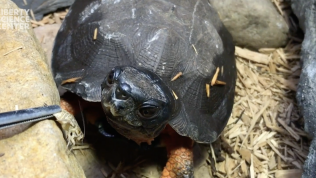
Meet LSC's Animals: Wood Turtle
Did you know wood turtles are among the smartest of turtle species? Meet the wood turtle at LSC!
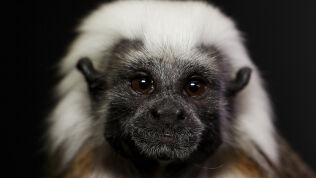
Meet LSC's Animals: Cotton-Top Tamarins
Did you know tamarins are considered one of the smallest monkeys in the world? Meet the cotton-top tamarin monkeys at LSC!
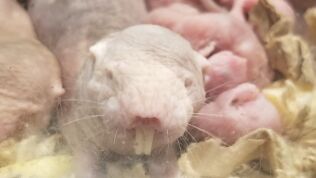
Meet LSC's Animals: Naked Mole Rats
Did you know naked mole rat babies are referred to as “pups”? Meet the mole rats and their pups at LSC!
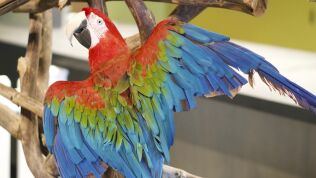
LSC's Animal Update: June 24, 2020
Watch the season finale of LSC's Animal Update before the show takes a break for the summer!

LSC's Animal Update: June 17, 2020
Follow along as we visit the snakes, tarantulas, and the rest of the animal ambassadors that call LSC home
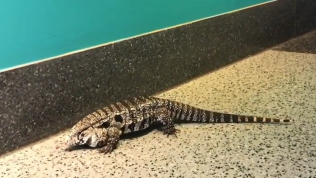
Meet LSC’s Animals: Argentine Black and White Tegu
Watch as Chester the Argentine black and white tegu explores different parts of Liberty Science Center
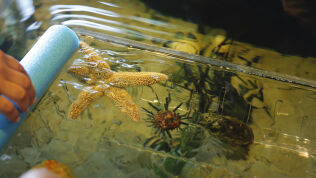
LSC's Animal Update: June 3, 2020
Follow along as we visit the sea star, horseshoe crab, sea urchin, and the rest of the animal ambassadors that call LSC home
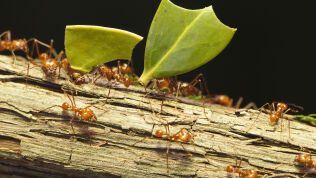
Meet LSC's Animals: Leaf-Cutter Ants
Leaf-cutter ants cut and carry leaves up to 20 times their body weight, which is like a human lifting a car!
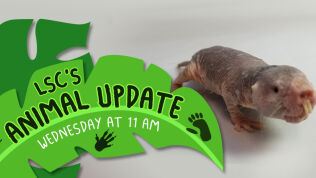
LSC's Animal Update: May 27, 2020
Follow along as we visit the naked mole rats, tortoises, leaf-cutter ants, and animal ambassadors that call LSC home
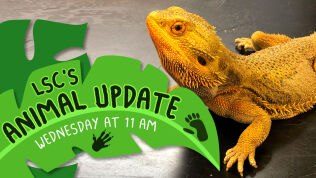
LSC's Animal Update: May 20, 2020
Follow along as we visit the jungle carpet python, bearded dragon, brown rat, and the rest of the animal ambassadors that call LSC home
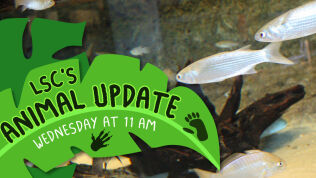
LSC's Animal Update: May 13, 2020
This week, we’re taking a visit to Our Hudson Home to say hi to the fish and other aquatic ambassadors that call the Science Center home
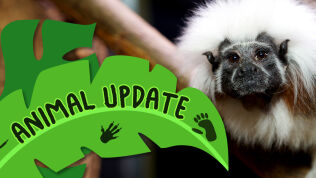
LSC's Animal Update: May 6, 2020
Follow an LSC team member as we visit the box turtle, American toad, cotton-top tamarin monkeys, green-winged macaw, and the rest of the animal ambassadors that call LSC home
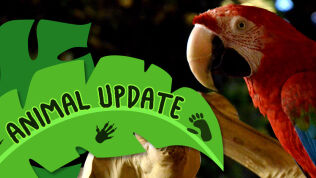
LSC's Animal Update: April 29, 2020
Follow along as we visit the tegu, degus, African forest scorpion, and green-winged macaw
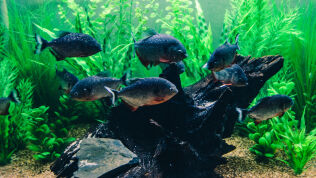
Meet LSC's Animals: Black Spot Piranhas
It’s feeding time for our Black Spot Piranhas! In this new video, watch as they use their serrated teeth to quickly slice and chew their food
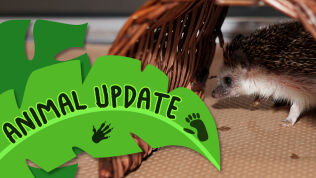
LSC's Animal Update: April 22, 2020
Follow along as we visit the African pygmy hedgehog, chinchilla, red-tailed boa constrictor, and green-winged macaw
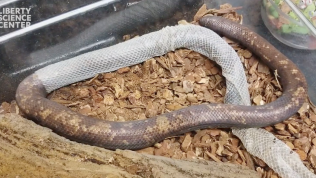
Meet LSC's Animals: Calabar Python
Calabar Pythons have skin that is tougher to penetrate than any other snake of their size
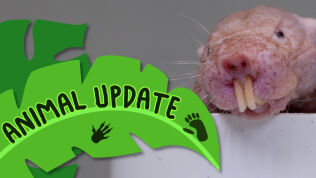
LSC's Animal Update: April 15, 2020
Follow along as we visit the cotton-top tamarin monkeys, naked mole rats, black spot piranhas, and the rest of the animal ambassadors that call LSC home
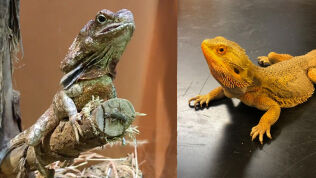
Meet LSC's Animals: Frilled Lizard & Bearded Dragon
Both of these species come from Australia and have special adaptations with their necks
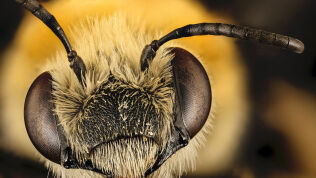
Bees to Bots: Experience the exhibition online!
Enjoy a digital version of our Bees to Bots exhibition while LSC is closed
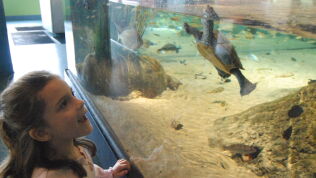
Meet the residents of Our Hudson Home
From black drum fish to diamondback terrapins to horseshoe crabs and beyond
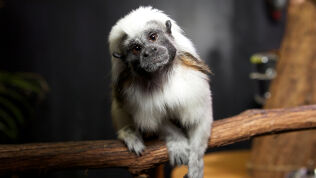
Learn basic sign language via LSC's Tamarin Talk video
How do you say "cotton-top tamarin monkey" in American Sign Language?
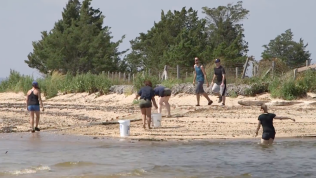
How LSC collects animals for Our Hudson Home
Join LSC team members as they visit Sandy Hook to collect new animals
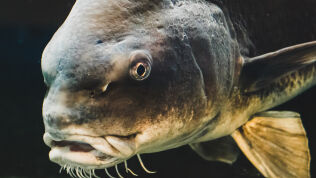
How to take care of the animals in Our Hudson Home
Join our aquarist as he feeds the animals, cleans the tanks, and more!
Live From Surgery

Extract DNA at Home
Get an intro to genetics, and learn to extract DNA yourself – from a strawberry!

Live From Surgery's Virtual Career Day, Part 2
Whether you’re a student or a career-changer, find out about the wide range of opportunities in the medical field

Live From Surgery's Virtual Career Day
In this edition, we're joined by Dr. Kirten Parekh, a foot and ankle doctor, and Jenny Harding, a physician assistant

Watch a Heart Transplant and Meet the Surgeon
In this presentation, you’ll learn about heart transplants, heart failure, organ donors, and mechanical heart surgeries that save thousands of people a year

Explore Robotic Surgery and Meet the Surgeon
Discover the marvels of robotic surgery, and even hear from a urological surgeon as they discuss their real-life experiences using it in the operating room
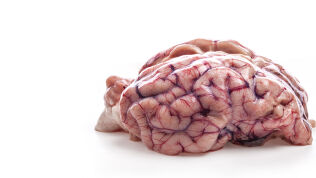
Sheep Brain Dissection
How does your amazing brain actually work? Follow along as we dissect a sheep brain and learn how it's similar to a human brain
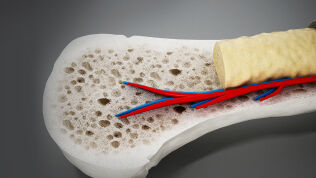
All About Bones
Why do we have bones? What are they made of, and what happens when they break? Follow along during our presentation
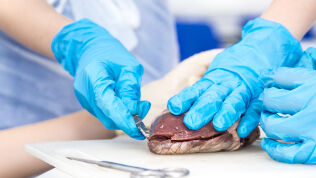
Sheep Heart Dissection
Sheep have a four-chambered heart, just like humans. By studying the sheep’s anatomy, you can learn how your own heart pumps blood through your body!
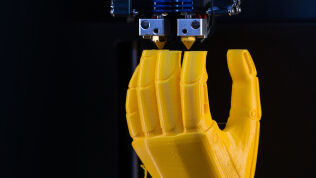
3D Printed Prosthetics
Join the Live From Surgery Team for a presentation on how 3D printed prosthetics are changing the face of medicine

Celebrating National Donate Life Month
Follow along with LSC’s Live From Surgery Team as we interview a representative from the NJ Sharing Network and two special guests with personal donor experience
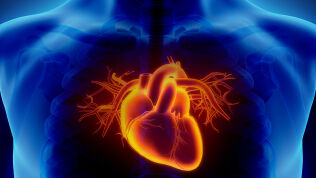
Cardiac Classroom, Risk Factors
Join us as we show footage of several common cardiovascular procedures and help the audience better understand heart health

Watch a Kidney Transplant
See the procedure in all its intricate detail, and watch as doctors remove the kidney from a living donor, prepare the kidney, and transplant it into its recipient
LSC Junior
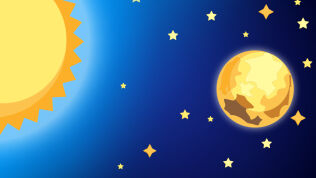
Sun, Moon and Stars
Join us for a virtual planetarium show that provides an introduction to the night sky for young learners
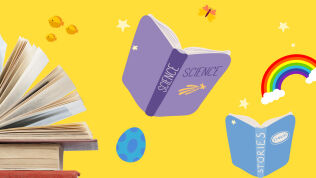
Story Time with Mr. Kengo: Eyes, Nose, Fingers, and Toes
Follow along with Mr. Kengo as we read aloud from the book “Eyes, Nose, Fingers, and Toes” by Judy Hindley

Super Strong Shapes with Mr. Kengo
In this activity, we'll use a variety of simple materials from home to build and test our favorite three dimensional shapes
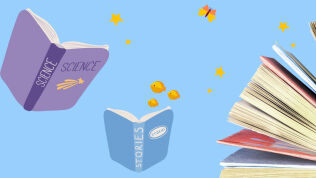
Story Time with Mr. Kengo: Water Dance
Kids in Pre-K – grade 2 are invited to follow along as Mr. Kengo reads aloud from the book “Water Dance”
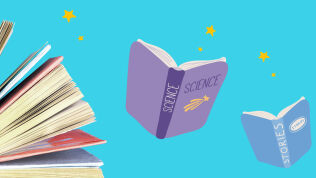
Story Time with Mr. Kengo: Jessica's X-Ray
Kids in Pre-K – grade 2 are invited to follow along as Mr. Kengo reads aloud from the picture book, “Jessica’s X-Ray"
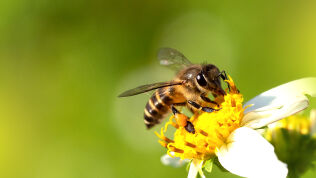
Pollinators: Honey Bees
In this experiment for young learners, we’ll explore the work of honey bees by designing a pollination device that works just as hard as a busy bee

Shooting Hoops
In this live stream activity for kids, viewers will make a simple catapult to observe how a force is a push or a pull

Flower Power
Follow along with Mr. Kengo as we make a flower model to observe how water is able to travel through a flower to help it grow

Mr. Kengo's Maple Seed Models
Join Mr. Kengo as you create your very own maple seed model, and explore how the maple seed has a special way of getting the space it needs to grow and survive
My Pet Is My Lab Partner
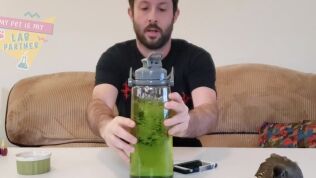
My Pet Is My Lab Partner, Episode 5: "Tornado in a Jar"
Join Fred and Colonel Quail as they explore the movements which create tornadoes by making their own “Tornado in a Jar.” But is Colonel Quail too distracted by her “Quail Mail” to finish the experiment?
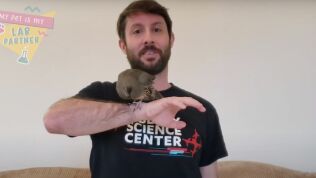
My Pet Is My Lab Partner, Episode 4: "Measuring Volume"
Follow along with Fred and Colonel Quail as they learn how to measure the volume of an object. You, too, can do this from home with just about any object that you can fit in a measuring cup
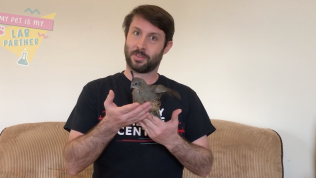
My Pet Is My Lab Partner, Episode 3: "Getting to Know Colonel Quail"
Now that Colonel Quail is a TV star, viewers across the country are eager to learn more about her! What does she eat? What are her favorite toys? And does she lay eggs?
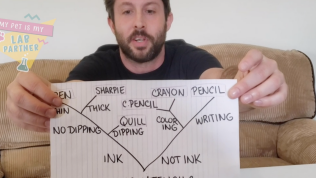
My Pet Is My Lab Partner, Episode 2: “Taxonomy”
Join Fred and Colonel Quail as they explore taxonomy by classifying writing utensils. But will Colonel Quail be patient enough to finish the experiment?!
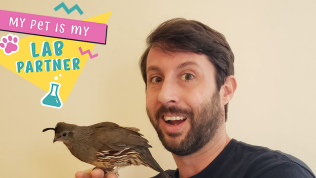
My Pet Is My Lab Partner: Episode 1, “Fun With Peeps”
In this experiment, Fred and Colonel Quail explore solubility. You, too, can conduct this experiment from home. You just need some Peeps, water, and vinegar!
Understanding COVID-19

LSC’s COVID-19 Challengers discuss their work in defeating the pandemic
On Sept. 21, 2020, Liberty Science Center honored four “COVID-19 Challengers," a group of scientists and public health experts who are working to defeat the pandemic, at our Virtual Genius Gala

Where to Find Out More
To help you cut straight to useful and reliable info, we put together a list of some of our favorite resources
Get Inspired By Innovation

Explore New Jersey’s history of science and tech innovation
From the invention of the light bulb to the discovery of the microbe that led to the first cure for tuberculosis, NJ is a game-changer in science and tech

Get inspired by Drs. Sally and Bennett Shaywitz, the world’s leading experts on dyslexia
Working together, this husband-and-wife team discovered dyslexia’s neurological basis, pioneered effective therapies, and changed public attitudes about the most common learning disorder in the US

Get inspired by Princeton’s Chair of Molecular Biology Bonnie Bassler
Bassler deciphered the chemical language bacteria cells use to communicate
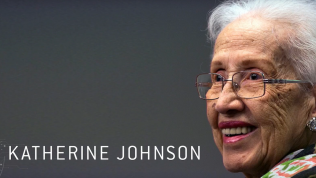
Get inspired by Katherine Johnson, one of the NASA mathematicians whose story was behind ‘Hidden Figures’
Her calculations and strategic thinking helped get the Apollo 13 astronauts safely back to Earth

Get inspired by stem cell pioneer Robert J. Hariri
Hariri is working to use placental stem cells to cure disease, slow aging, and augment healthy human lifespan

Get inspired by David Rosenberg, CEO and Co-Founder of AeroFarms
AeroFarms has grown 800 species of plants indoors and can grow them 365 days a year without sun or soil

Get inspired by Sebastian Thrun, godfather of self-driving cars
Thrun's company, Kitty Hawk, is developing all-electric, vertical take-off flying machines for everyday use
LSC Fans & Friends
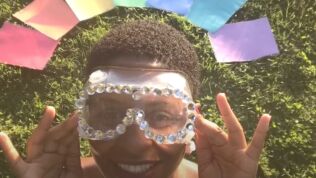
Dallis the Science Diva: Blue Skies
Why is the sky blue? Follow along with Dallis the Science Diva for an exploration of light and color!
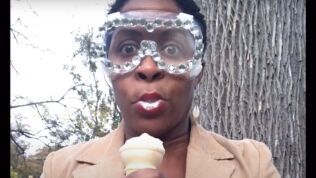
Dallis the Science Diva: Brain Freeze
Join Dallis the Science Diva as she explores why we get a brain freeze when we eat cold food like ice cream
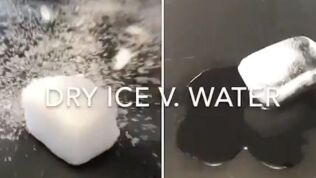
Dallis the Science Diva: What’s the Matter?
Follow along with Dallis the Science Diva as she uses dry ice to explore matter

Cabin Fever Science: Making Ice Cream
Follow along with Zoe as she creates her own ice cream using heavy cream, vanilla, sugar, ice, and salt
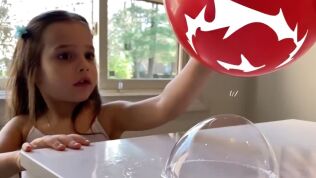
Cabin Fever Science: Static Electricity
Follow along with Zoe as she explores static electricity using a balloon, bubbles, and a straw
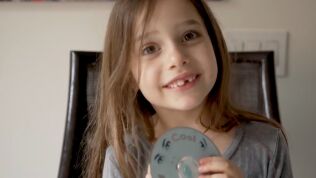
Cabin Fever Science: CD Hovercraft
Follow along with Zoe (and her dad!) as she creates her own hovercraft with a compact disc
More Fun Stuff
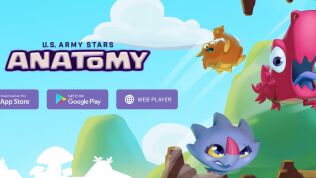
Players explore anatomy and chemistry in U.S. Army online games
The games are available to play via the App Store, Google Play, and your web browser
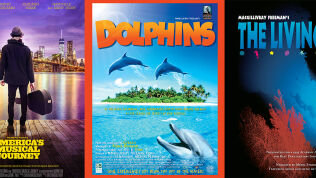
Stream full-length educational films while Liberty Science Center is closed
Animals, music, engineering, and more!

Master different versions of the Rubik’s Cube online in the interactive Cube Lab
Can you beat them all?
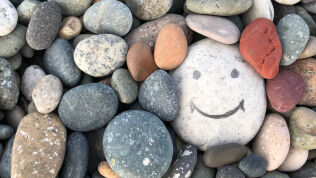
Yale’s super popular class on ‘happiness’ is available for free online
In “The Science of Well Being,” you'll engage in a series of challenges designed to increase your own happiness and build more productive habits
